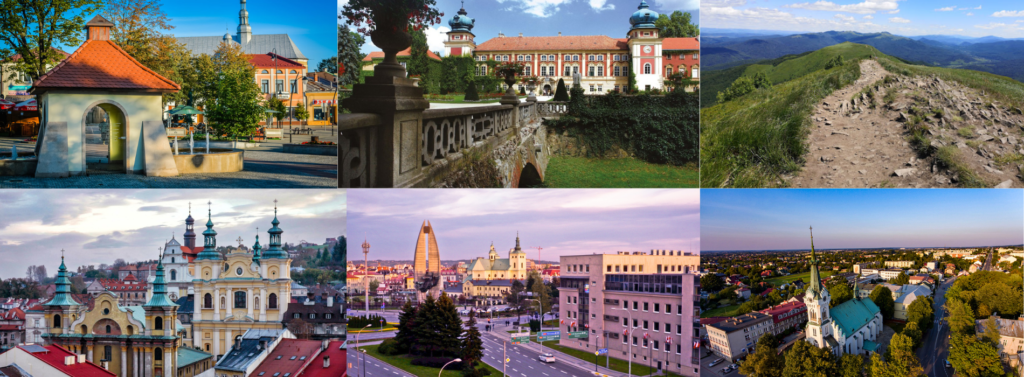Introduction
The Subcarpathian Voivodeship, or Subcarpathia Province, is a mesmerizing region located in the southeastern corner of Poland. With the majestic Carpathian Mountains as its backdrop, this voivodeship is a blend of breathtaking landscapes, rich history, and a vibrant cultural tapestry. Let’s embark on a journey to explore the beauty, traditions, and heritage of this unique region.
The Natural Splendor: Carpathian Mountains and Beyond
The Carpathian Mountains, with their sprawling forests, diverse fauna, and serene landscapes, are the crown jewels of the Subcarpathian Voivodeship. The Bieszczady National Park, a significant part of the East Carpathian Biosphere Reserve, stands as a testament to the region’s commitment to preserving its natural heritage. Whether you’re trekking through the dense woods, spotting the elusive lynx, or simply soaking in the beauty of the Wetlina River, the natural wonders of this region are bound to captivate your heart.
Rzeszów: The Heartbeat of Subcarpathia
As the administrative capital and the largest city of the voivodeship, Rzeszów is a bustling hub of activity, culture, and history. The city seamlessly blends its historical landmarks, like the Palace of the Lubomirski family and the Royal Casimir Castle, with modern amenities and infrastructure. The town hall of Rzeszów, the Łańcut Castle, and the Krasiczyn Castle are just a few of the many architectural marvels that tell tales of the city’s glorious past.
A Mosaic of Cultures and Traditions
The Subcarpathian Voivodeship has been a melting pot of various cultures and ethnicities. Historically, territories of the region were parts of the Kingdom of Galicia–Volhynia, the Kingdom of Galicia and Lodomeria, and the Ruthenian Voivodeship. This rich and diverse history has birthed a unique cultural tapestry. From the traditional costumes of the Pogorzans to the folklore of the Ukrainians, Rusyns, and Lemkos, the region is a living museum of traditions and customs.
Industrial Evolution and Economic Progress
Beyond its natural and cultural treasures, the Subcarpathian Voivodeship has a rich industrial history. The initiation of the Central Industrial Region in the mid-1930s marked the beginning of a massive industrialization drive. This program led to the establishment of major armament factories, including PZL Mielec, PZL Rzeszów, and Huta Stalowa Wola. Today, these cities and others like Dębica and Sanok are industrial powerhouses, contributing significantly to the region’s economy.

Conclusion: A Region Waiting to be Explored
The Subcarpathian Voivodeship is more than just a region; it’s an experience. From the tranquility of the Carpathian Mountains to the bustling streets of Rzeszów, from the age-old traditions of the Lemkos to the modern industries of Mielec, the voivodeship is a symphony of contrasts. Whether you’re a history enthusiast, a nature lover, or a cultural explorer, the Subcarpathian Voivodeship promises a journey that you’ll cherish for a lifetime.
